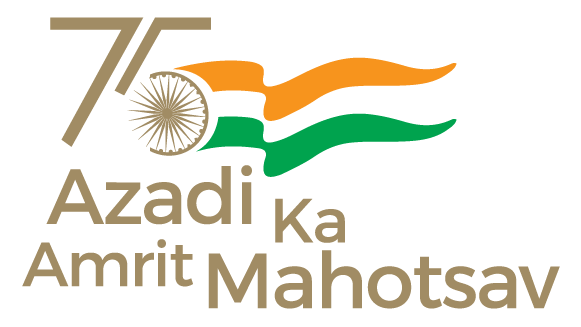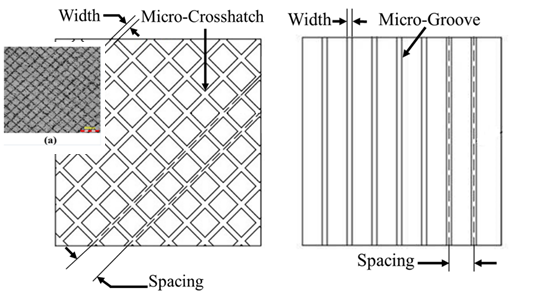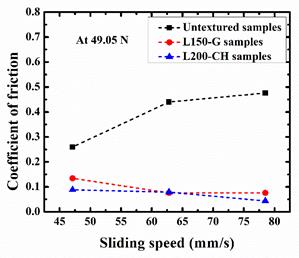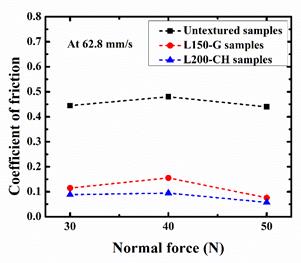Ministry of Science & Technology

A cost-effective solution for friction and wear management in Internal Combustion Engines
Posted On: 13 SEP 2024 12:57PM by PIB Delhi
Scientists have found a low-cost solution called nanosecond laser surface texturing to increase lubrication of the moving parts within the engine can enhance engine performance.
Internal combustion (IC) engines represent a backbone of modern transport, with millions of vehicles run worldwide. Still, their efficiency leaves room for improvement. One big challenge to the performance of an IC engine is the friction and wear between moving parts, which causes enormous energy loss and, as a result, low fuel economy.
Researchers at the International Advanced Research Centre for Powder Metallurgy & New Materials (ARCI), an autonomous R&D Centre of Department of Science and Technology, Govt. of India, have come up with a solution to address this problem, and that is nanosecond laser surface texturing. This timely approach seeks to enhance tribological performance (lubrication of the moving parts within the engine) in gray cast iron applied to a diversity of critical engine components, which include piston rings and cylinder liners.
A significant proportion of the energy supplied to IC engines is lost due to thermal and frictional dissipation. The frictional losses for IC engines are nearly 50% in the piston-cylinder system. Of these, it has been found that 70%-80% occur in the piston rings: top compression ring, oil control ring, and second compression ring. The extent of these losses depends largely on the tribology – the study of friction, wear, and lubrication of the moving parts within the engine.
This tribological performance is, in turn, influenced by the geometry and texture of the surfaces in contact. Specifically, textured surfaces can serve multiple functions. First, they can act as reservoirs for lubricants, allowing oil to be delivered more effectively to the contact zones where friction occurs. Second, they can trap wear debris, thereby reducing abrasive friction. Third, textured surfaces have the potential to improve hydrodynamic lubrication, which occurs when a full film of lubricant separates two surfaces, thus minimizing contact and reducing wear.
Historically, what has been done to improve tribological performance is that various surface texturing technologies have been applied, such as vibrorolling, abrasive machining, reactive ion etching, lithography, abrasive jet machining, and chemical etching.
All of these try to make micro-textures on the material surface so that it can enhance lubrication and reduce friction. However, a common drawback of these processes is the lack of uniformity in the surface patterns and reproducibility they produce.
Non-uniform undulations may cause variable tribological performance, thus decreasing the effectiveness of such methods. The disadvantages of the conventional texturing techniques have led to a demand for a more reliable technology for creating surface textures with dimensionally controlled features. It is in this background that laser surface texturing (LST) comes into the picture. It provides better control over the shape and size of the surface textures, whether dimples, grooves, or any other patterns, with a fast processing rate. Therefore, LST has proved to be a more beneficial methodology in improving the tribological properties of materials.
ARCI researchers have focused on a less expensive alternative: nanosecond laser surface texturing. Nanosecond lasers, with a 100 nanosecond pulse duration and a wavelength of 527 nanometers, can produce high-quality surface textures rather cost-effectively compared with the femtosecond laser. This makes nanosecond laser surface texturing a more practical solution for industrial applications. In this work, ARCI researchers created micro-groove and micro-crosshatch patterns on the gray cast iron surfaces using a nanosecond laser, as shown in Figure 1.
The laser treatment can create micro-textures on the surface and thereby expose graphite flakes, which can act as solid lubricants. Through this work, these researchers aim to improve the friction and wear characteristics of gray cast iron under dry conditions (no lubrication), which are particularly challenging because there is no lubricating film to mollify friction and a combination of different sliding speed and normal force condition. After making these laser-textured surfaces, have rigorously performed tribological tests to determine the effectiveness of laser-textured surfaces. These were conducted through a ball-on-disk tribometer, which simulates sliding contact between two surfaces. The tribometer allows to measure both friction and wear in a controlled environment.
In tests conducted under different conditions, the laser-textured surface demonstrated high improvement in reducing friction and raising wear resistance, as shown in Figure 2.
These results were not limited to the combustion engine. Optimising laser textured surfaces holds immense potential for improving component performance in general from various industries. Reduced friction and wear by this technology allows more efficient, sustainable, and cost-effective solutions for industries ranging from the automotive industry to manufacturing.
The ARCI’s laser surface texturing technology represents a significant step forward in tribological engineering. With its ability to enhance the performance of critical components while remaining cost-effective, this technology has the potential to revolutionize the way industries approach friction and wear management.
Publication Link – https://doi.org/10.1007/s11665-024-09860-2
Patent Details – 547040 Granted on 02/08/2024, Application No.: 202111051880)
For more information, contact ARCI at Dr. Ravi Bathe (ravi@arci.res.in)

Figure 1: Schematic of Micro-crosshatches and Micro-grooves with their morphology


Figure 2: Coefficient of friction as function of sliding speed and normal force for untextured, micro-crosshatches and micro-grooves samples
***
KSY/PSM/AG
(Release ID: 2054456) Visitor Counter : 239




















